Oatman Massacre-Memorial Sites and Fourr Cemetery (Gila Bend, Arizona)
March 31, 20199
Oatman Massacre
This terrible massacre occurred at what is now known as “Oatman Flat,” about 100 miles east of Yuma, Arizona.
In 1850, Royce Oatman, his wife Mary Ann, and their seven children joined a wagon train traveling west toward Yuma. In 1851, they were attacked by Tolkepayas (Western Yavapai) Indians about 80 miles east of Fort Yuma along the Gila River. All family members were clubbed and left for dead except for Olive, 14, and Mary Ann, 7, who were taken captive. A brother, Lorenzo, 15, was gravely wounded but survived.
Lorenzo awoke to find his parents and family dead, but no sign of Mary Ann and Olive. He eventually reached a settlement, where he was treated. Three days later, Lorenzo, who had rejoined the emigrant train, returned to the bodies of his slain family. “We buried the bodies of father, mother and babe in one common grave.” The men had no way of digging proper graves in the volcanic rocky soil, so they gathered the bodies together and formed a cairn over them.
Olive and Mary Ann were forced to live with the Yavapai for one year before being sold to the Mohave. Mohaves took Olive and Mary Ann to their village in what in today Needles, California. There, the girls were treated as part of the tribe. Both girls were tattooed on their chins and arms in what most think is keeping with the tribal custom for tribal members.
During a drought (according to climate records it may have been 1855), the tribe suffered food shortages. Mary Ann died of starvation, at the age of ten or eleven.
When Olive was nineteen, a messenger arrived bearing a request from the authorities at Fort Yuma. They’d heard rumors of a white girl living with the Mohaves, and they wanted her returned to her people. At first the Mohaves resisted, but threatened with reprisal, they parted with Olive.
Eventually Olive was reunited with her brother, Lorenzo who survived the massacre. In November 1865, she married cattleman John B. Fairchild, and they adopted a daughter. Olive died of a heart attack on March 20, 1903, at the age of 65. She is buried at the West Hill Cemetery in Sherman, Texas.
Many rumors surround her life, from the fact that she’d been married and had children with a Mohave man, to her being committed to a mental institution and that she suffered a form of post traumatic stress syndrome.
You can read more about Olive Oatman’s life story and the captivity of the Oatman sisters in the books Captivity of the Oatman Girls: Being an Interesting Narrative of Life among the Apache and Mohave Indians (1856), by R.B. Stratton and The Blue Tattoo: The Life of Olive Oatman (2009), by Margot Miffin.
Oatmen Family Memorial
The Daughters of the American Revolution erected a memorial to the Oatman family in 1954. It, however, is not the massacre or burial site, which is where the Oatmans who perished are buried. The actual massacre site is a quarter mile WSW, on top of the Gila River’s south bluff, a short additional walk.
Oatmen Family Memorial
GPS: 33.004386,-113.155611
Oatman Family Massacre and Burial Site
GPS: 33.002763,-113.160236
The area where Oatman Massacre occurred was also the location where the Mormon Battalion made a grueling march of nearly 1,900 miles from Council Bluffs, Iowa, to San Diego, California during the Mexican-American War 1846 – 1848. the march also opened up a southern wagon route to California. Some of this route was later used by the Overland Mail Company and their route is now known as the “The Butterfield Trail” a National Historic Trail.
Fourr Cemetery
Twenty-something years after the Oatman Massacre, William and Lucinda Fourr, and their family settled in the area., where William ranched and served as agent at the Butterfield Stage stop. Of the six children they had between their marriage in 1868, and when they left in the area in 1880, four died here. The Fouur Cemetery is where the children are buried: Seven year old A.F., month old F.F. — on the same sad date in January, 1877 — and an unnamed baby, still born. (I’m not sure about the fourth child.) The Fourrs eventually had eight children who survived to adulthood, with William living until 1934, and Lucinda 1942.
Fourr Cemetery Site
GPS: 33.004587, -113.141026
******************************************************************************************
This post contains affiliate links, so I make a small commission if you purchase through my links – that support helps to keep this blog running.
Copyright Foodie Made Simple, LLC. All text, recipes and photographs are copyrighted and may not be published elsewhere without express permission. Pinterest, Twitter, Instagram, Tumbler, Google+ and Facebook users, you are welcome to “pin” photos! re-tweet and “share” links all you like, just don’t copy the recipes themselves. Fellow bloggers are welcome to repost my recipes, just write the recipe in your own words, use your own photograph, then link back to the original recipe on rvcookingmadesimple.com


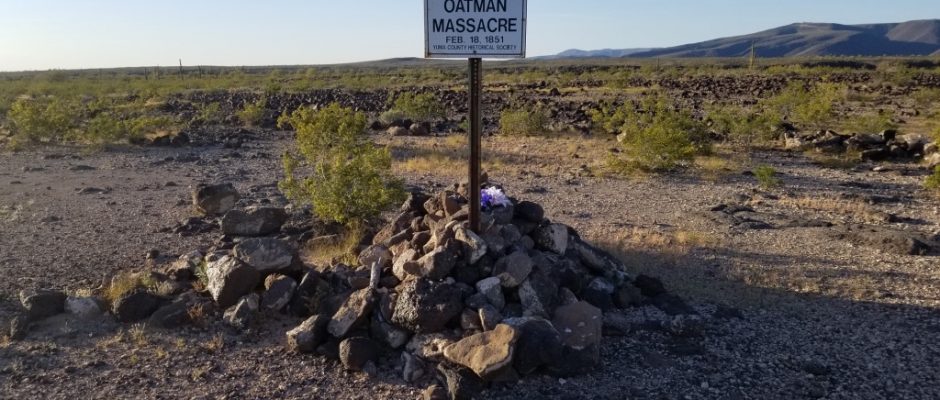
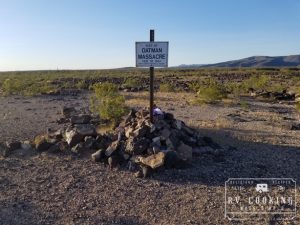
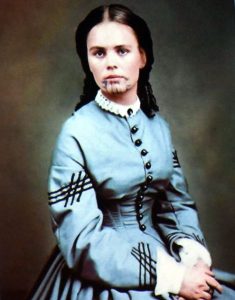
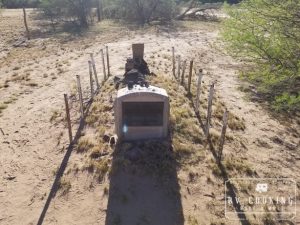
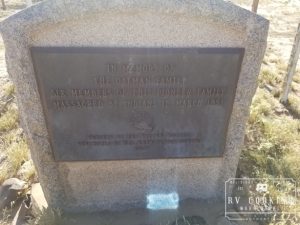
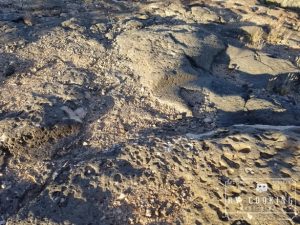
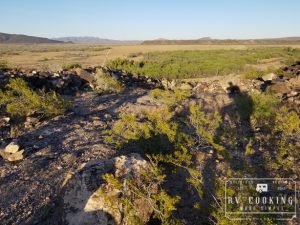
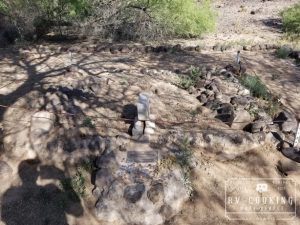
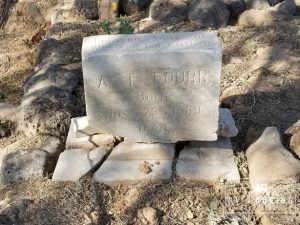







Comments are closed.